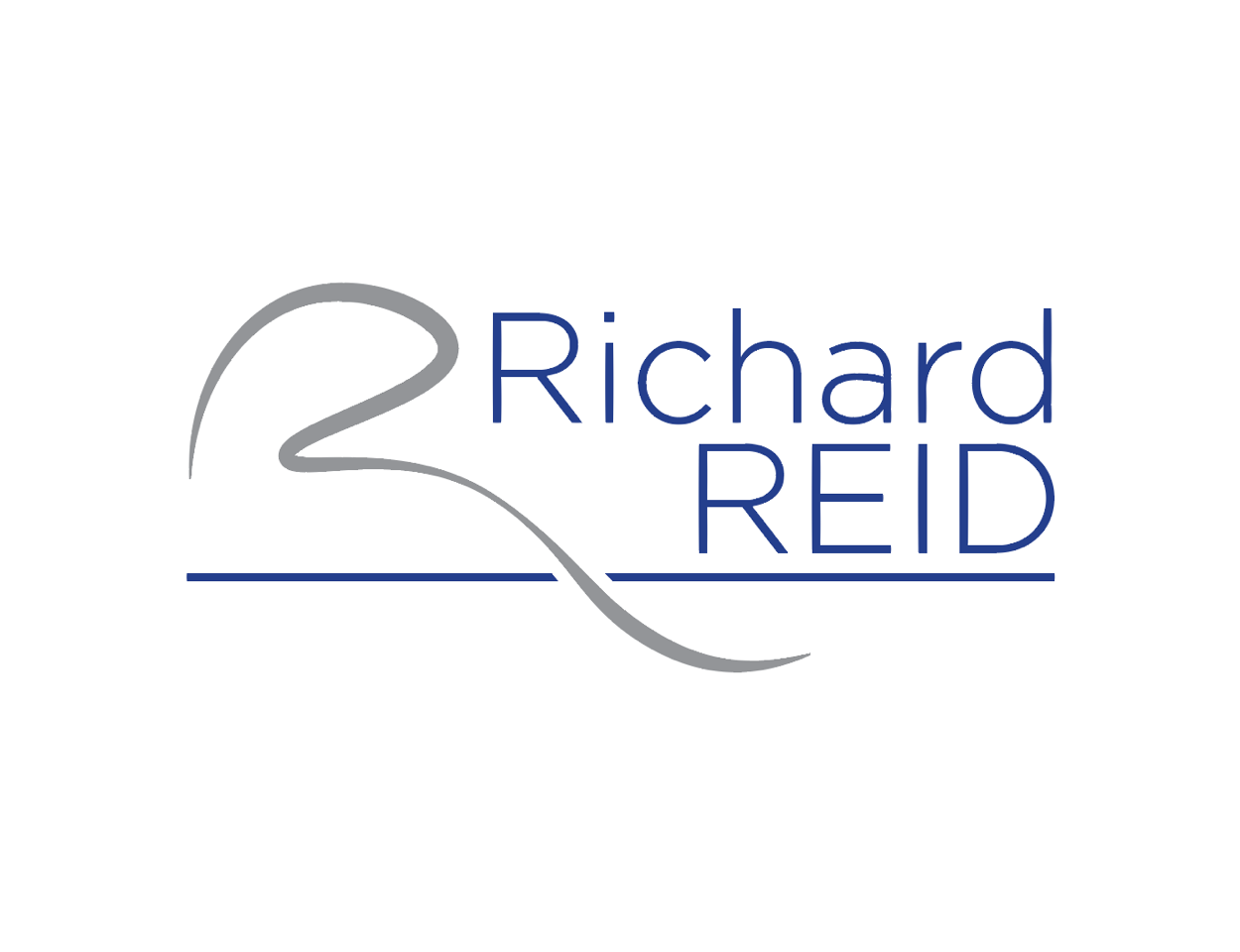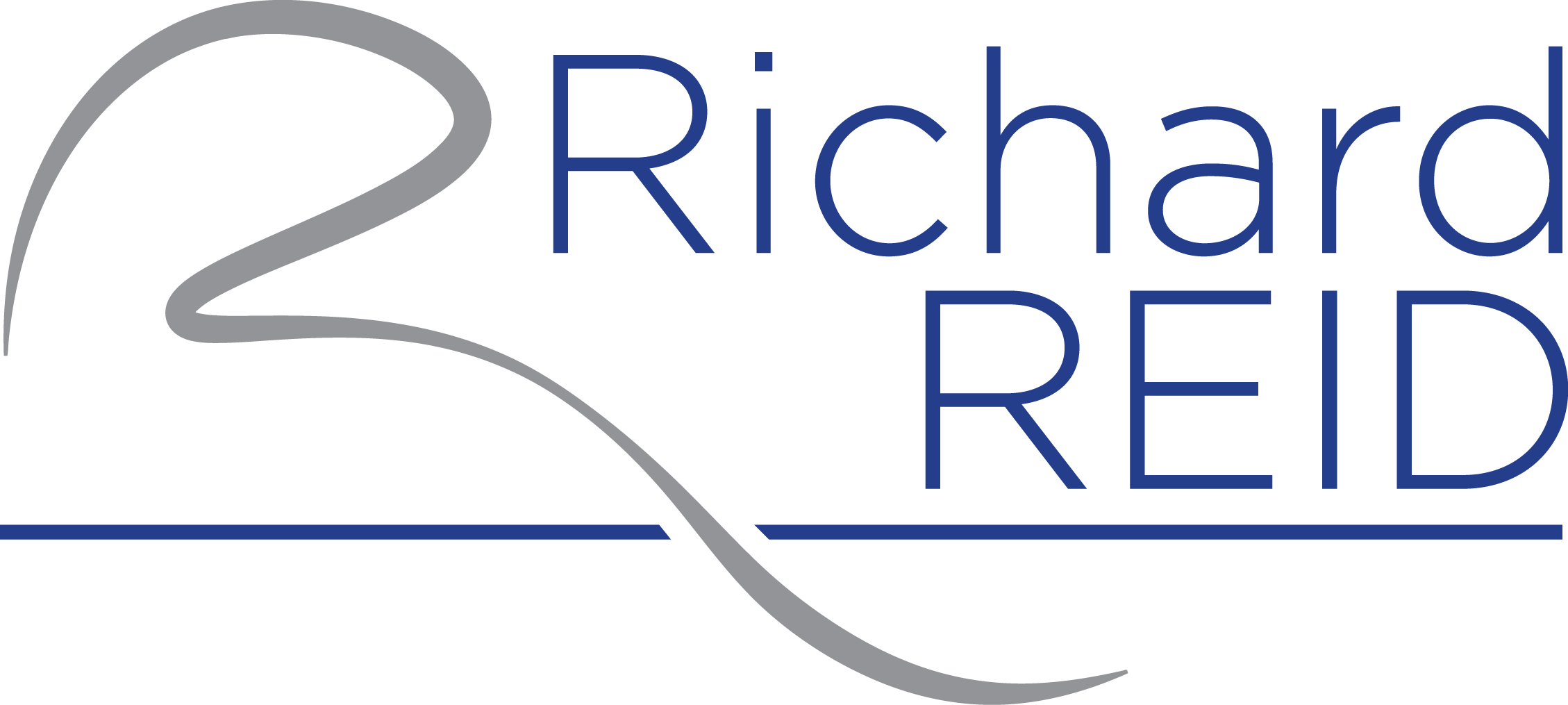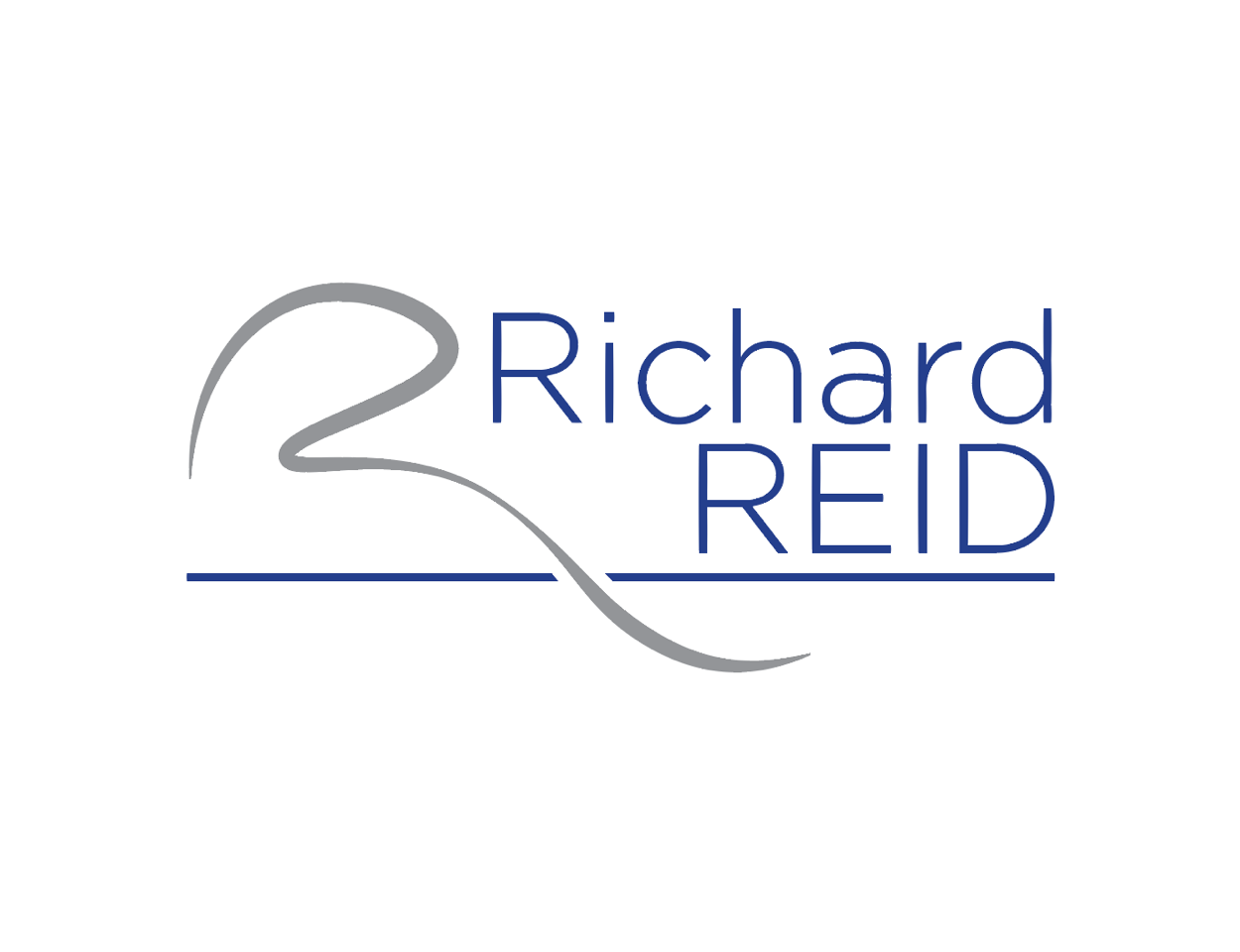This program is designed for agents who want to deliver an excellent consumer experience while working with home buyers. Whether you are brand new to the business, or simply want to take your business to the next level, this is a comprehensive program on building a strong buyer business.
This program is broken into 8 modules. At the end of the program, you should have a clear understanding of how to deliver a superior client experience for residential real estate buyers while building a profitable real estate business. You will learn to leverage relationships, dramatically reduce demand on your time per client, and deliver a better experience for your buyers.
I have personally been through a number of coaching programs in the industry. This program is designed to work universally with whichever program you may use, or to stand on its own. There are common truths to a great buyer’s agent. We are focused on those in this program.
Questions and Topics by Module:
Module 1: The Psychology Of A High Performing Buyer’s Agent
- Richard, before we begin I want to talk about you and your business and how using the system you are about to break down in vivid detail has impacted your business, your life and your ability to continue to produce the way that you do. So, how did all of this begin for you?
- Here in this first module, we are talking about the mindset of an agent who is going after buyer’s, using a very profitable, systematic and proven approach. Most real estate experts or gurus always tell agents to market aggressively to sellers. Why are you wanting us to focus on buyers?
- What do most agents who do target buyers, do wrong when working the buyers side of the business?
- If that is what they are doign wrong – what do we hope to accomplish here in this program to become a high performing buyer’s agent? (Control the process and relationship)
- What are some ways to control the process? (lenders, inspectors, etc)
- Let’s get into the tactical approach of working with buyers. Most agents, as you mentioned above, are at the beconcall of the buyer, jumping when they say jump. Your process starts by getting the buyer into the office. Why is this critical to the success of this system?
- Richard, how do you go about getting them into the office? I feel this is a major objection many agents listening right now will have – trying to get them to change the process…
- In the next module we are going to go through that first meeting at the office with the buyer, and before we get there – let’s talk about the goal and purpose of that meeting. What are you trying to accomplish?
- Richard, as we wrap up this first module, can you share an example of how you control the relationship? I’d love to hear a story that shows this mindset shift in action and let to a favorable and profitable outcome…
Module 2: The First Appointment
- In this second module we are going to walk through the first appointment in the office with your buyer. It actually begins before the buyer comes in, with how your office is setup. Talk to us about the important of the environment, the role the office plays and how to best maximize it for the appointment…
- Now that we have the office setup, we’ve changed our mindset to bring the client in, let’s talk about what happens when they walk in. How are you starting the appointment?
- Let’s get into the specifics now. We have a series of questions that we need answered in order to best serve the client and find them the house they will fall in love with, while maximizing our time, energy and effort. The first questions are the basics – it’s all about the home. What information are you trying to gather here and why?
- Next you want to get into the special requirements. What information do you want to get here?
- After you have the information on the home, the area, etc – we need to start talking about the finances. How do you go about asking these questions and what are you really trying to find out?
- Now that we have the basics of the information down, you want to talk to them about how the process works. Your process is unique and may be a new way of looking for a house that the client is not accustomed to. It’s important to define the process. Richard, let’s talk about how this conversation goes down.
- What are some things that you make note of, pay attention to and make your ears perk up during this initial meeting that is important to get the client the best results possible?
- Let’s talk about the buyer agreement. How do you make sure they do not leave the meeting before they sign the agreement?
- Now, for the client – they want to see properties. How do you handle that at the initial meeting?
- Richard, we have now had a productive first meeting – how does it end?
- And what are the next steps for you to begin preparing as well as making sure the client knows what is coming next?
Module 3: The Showing
- Richard, it’s time to start showing properties. But you actually do not travel to the properties at the start. You do this in the office. How does this work? Can you walk us through your setup?
- What intel are you trying to gather by showing the properties in the office?
- When you are showing the photos of the homes, what are some things to point out?
- And you can only do this if you’ve done your homework from Module 2, right?
- One thing you mentioned to me, that stands out are the MUST HAVE vs the NICE TO HAVE features. How do you ensure that you cover both grounds in your office presentation?
- How far out of their range, scope, requirements do you go in this showing?
- I want to talk about the prep you do before showing the properties. What are some things you do to have everything ready to show your clients?
- After going through the initial set of properties at the office, then it’s off and running to see them in person. Again, how are you controlling this part of the process?
- We will cover the actual showing process of the homes in Module 6, for now your goal is just to get the list and then move into the next step in the process, the financials.
Module 4: The Financials
- What are some of the biggest mistakes agents make when it comes to knowing and understanding the financials of their clients?
- And you are dealing with clients that are either first time home buyers, who are new to this whole process, or someone that hasn’t bought a home in many years – meaning most of your clients are far from experts when it comes to understanding the money side of buying homes. How can you use this information to your advantage?
- One thing I want to spend some time on is understanding what you are really selling, when selling the home to a buyer. Many focus on purchase price, but that is not where you want us to focus – it’s on the monthly payment. Why is this overlooked and what can we do to help our clients understand that monthly number?
- Can you share an example of how you help your clients to understand this important concept?
- And you’ve had HOA’s or property taxes ruin deals for you too, haven’t you?
- What are some of the tactical ways we can get the financial information out of the client to best serve them without sticking our noses where they might not belong in a traditional sense?
- How can you work with the mortgage broker and other influential members of the process to help your client understand the financials of the home they are looking to purchase?
Module 5: Building Your Partners
- Back in module 1, we talked about the mindset of today’s top producing agents. One thing you mentioned was that you need to be more than just an agent showing homes today in order to build a thriving book of business. Can you talk about the importance of being a trusted resource for your client and not just an agent showing homes?
- One way to do this is to build a network of go-to people that can be of benefit to your clients. How does this help your client?
- Let’s go through a list of potential resources and why we want them in our back pocket. The first are mortgage brokers. Why do we need them in our network and how can we work with them?
- Next are insurance companies…
- Inspectors are also great to have around…
- What about photographers and stagers?
- Then there are professionals like plumbers, electricians, contractors, landscaping or pool companies…
- Now that we have the list – I think most importantly, how do you select which professionals to work with and to introduce your clients to?
- And what are some ways that you have developed relationships with your partners in your own business?
- Let’s talk about putting everything in motion. What are some situations where you can insert these resources and assets during the process of working with buyers?
- What are some things to beware of when working with other professionals, especially when recommending them to your clients?
Module 6: Showing The Homes
- Richard it’s finally time to show the homes – after all the work, the in office appointments, the research and recon. Now in Step 6, we are showing the homes. This really goes to show the power of building a system to control the process. Again, as a refresher, what are your top tips for only showing the homes that the client is likely to see, like and ultimately make an offer on?
- How much research are you doing for the homes before you walk into them for the first time with your client?
- Now let’s look at the homes and some of your top things to point out and check on. Your number 1 item is the roof. What are you trying to point out with the roof?
- What are other major pieces of the home you try to tackle while doing the showing?
- Let’s talk about the control you have over the showing itself. Many times your clients will just start roaming the house and gravitating towards certain rooms or features. As an expert buyer’s agent, you want to reel them back in and point out the things that they made note was important to them. How do you handle this process to make sure you don’t miss the major points?
- One thing you told me was to remember to “play back their thoughts.” What do you mean by that?
- What about features that are not within the house – say the neighborhood, or the schools. What are some tactics you deploy to make sure nothing is missed, especially if these were on their list from your initial meeting?
- After you have seen the home, the major thing to come back to are the numbers. What are you doing to talk to them about the numbers after you show the homes?
- What is your process and system after you have shown the home to ensure that you get an offer to put in on the home?
Module 7: Closing The Deal And Negotiating Like A Top Performer
- Richard, once again I want to go back to a recurring premise of this system – it’s about the payment, not the purchase price. When you get to the negotiating phase, how are you able to help with the payment part of things for your client to get them closer to, at or below their number?
- What are some of the things you focus on to get to that number?
- One of the things we want to touch on is closing costs. As an agent we understand them, but how can we help our client understand them, who pays for them and how they can affect the deal?
- Something else to consider is the inspection. What is your process for working with your client to understand the inspection, gaining leverage with the inspection and making sure your clients are in the best possible position to negotiate?
- Something I love that you do is you actually walk through the situation with the mortgage broker to get the entire picture – why do you go the extra mile to do this and how does it help you control the client relationship and ultimately help them?
- When do you step in and advise the client to walk-away from the deal? How do you go about doing that?
- Richard, let’s go through some examples from your own work, what are some things you have done to get deals closed, some deal breakers and lessons you have learned in the negotiating process?
- After the deal is done, your work is not done – and this is where the top performers excel, and the agents who do a few homes a year fail. Let’s go through your process for after the deal closes…
- This is where referrals are built and that can be the lifeblood of many transactions for agents for years to come. How do you generate referrals who are now more likely to go through this process and become great clients for you?
Module 8: Creating A Buyer System
- Richard, before we go into how to scale this system, let’s go through a recap of the steps to make sure everyone has the entire process down pat before looking to expand and roll this out…
- This module is all about creating a buyer system, where you are doing dozens upon dozens of transactions or even 100+ transactions per year, through this model. Who is this module for and how have you scaled it in your own business?
- The big question is – how can I scale showing homes? There are only so many hours in a day and I can only be showing 1 home at a time. How do we overcome this objection of time?
- So let’s put this model to the test. Can you share a story of a business you have helped to put this to use and how they were able to do it?
- Now, one way to do this is through bringing on a buyer’s agent. Who makes a great buyer’s agent?
- What do you look for whe bringing on a buyer’s agent?
- Another person is a showing agent. Again, what makes a great showing agent and what do you look for when bringing in a showing agent?
- A 3rd person in this system can be a closing manager. When don you look to bring this team member on and what are they doing in your business?
- Richard, are there other people that you can bring in that work well to scale this model of working with buyers?
- Let’s put it all together and lay out the game plan for everyone listening right now. How do we go from say, 5 homes a year, to using this model and getting to 50?
Course Content
About Instructor



